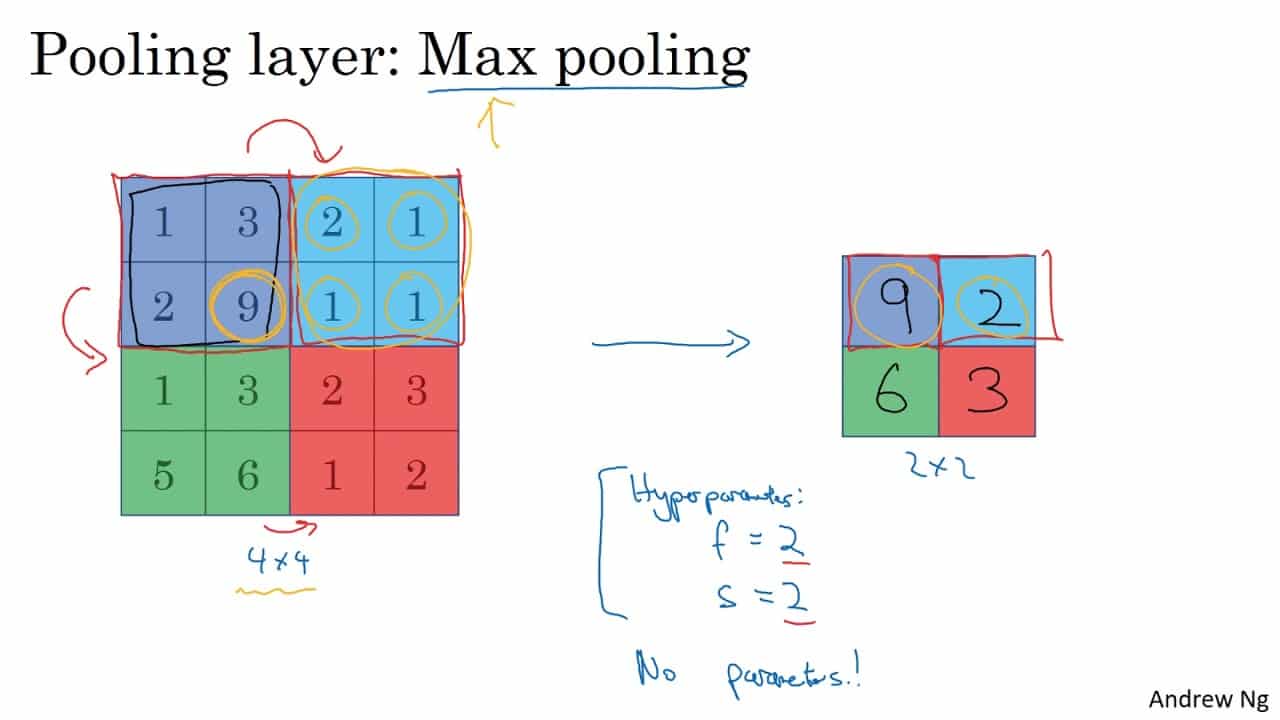Max Pooling is a computer vision technique used to reduce the spatial dimensions of an image, while preserving the important features of the image. It is a form of subsampling, used in deep learning to reduce the amount of information captured in an image. It is an important component in the development of convolutional neural networks.
Max Pooling works by dividing an image into small sections, often using a 2×2 or 3×3 matrix. Each section is then evaluated for the maximal value in that particular section. The maximum value is the only value kept when downsampling the image, and the other values are discarded. As a result, the image has fewer cells but retains the essential features that it needs for processing.
Max Pooling is fundamental to computer vision and deep learning. By reducing the spatial dimensions of an image, Max Pooling reduces the complexity of the image, which makes training more efficient and speeds up the process. In addition, it helps reduce overfitting and makes more accurate models.
The use of Max Pooling is widespread and can be used for tasks such as image recognition, object detection, segmentation, and image registration. The technique is also used to improve the performance of convolutional networks and to increase response time, as well as to help combat overfitting.
Max Pooling is a powerful computer vision tool that significantly reduces the complexity of data while preserving important information. It has numerous applications and is a vital tool used in the advancement of deep learning.






